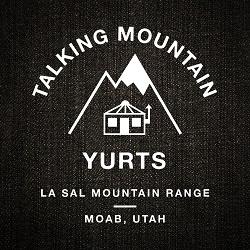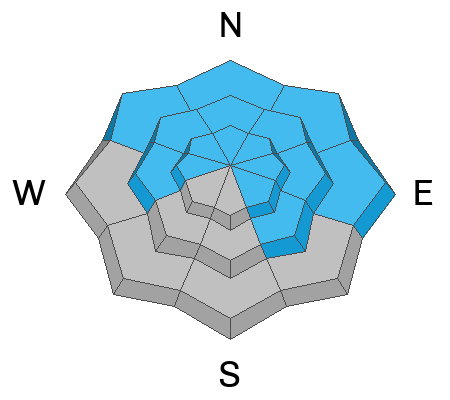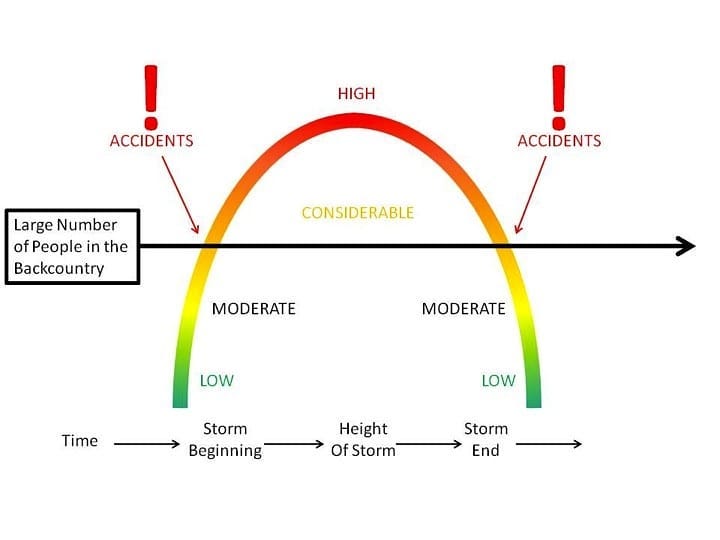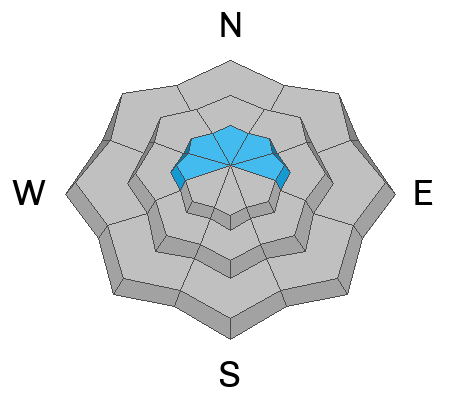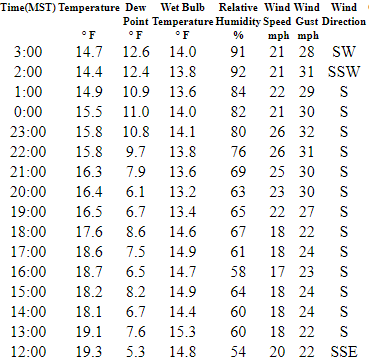Forecast for the Moab Area Mountains

Issued by Dave Garcia on
Wednesday morning, February 14, 2024
Wednesday morning, February 14, 2024
The avalanche danger is MODERATE. Deep, dangerous, and potentially deadly avalanches 3-6 feet deep, failing on a buried persistent weak layer remain POSSIBLE on steep slopes that face W-N-SE. The odds of triggering a slide have dropped, but the consequences remain the same. These are large, hard-slab avalanches that will easily ruin your day, or worse.
An uptick in Southerly winds has produced a round of soft, shallow slabs of wind-drifted snow that will be sensitive to the weight of a rider above treeline on slopes that face W-N-E.
Slopes that face S and SW offer a LOW danger.
An uptick in Southerly winds has produced a round of soft, shallow slabs of wind-drifted snow that will be sensitive to the weight of a rider above treeline on slopes that face W-N-E.
Slopes that face S and SW offer a LOW danger.
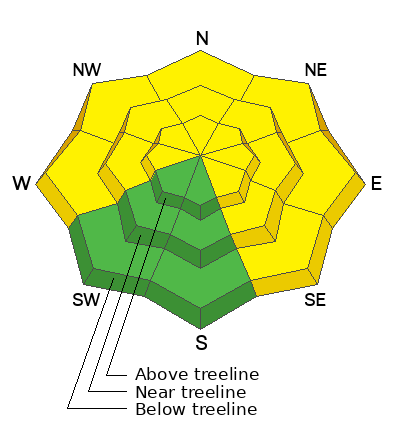
Low
Moderate
Considerable
High
Extreme
Learn how to read the forecast here



